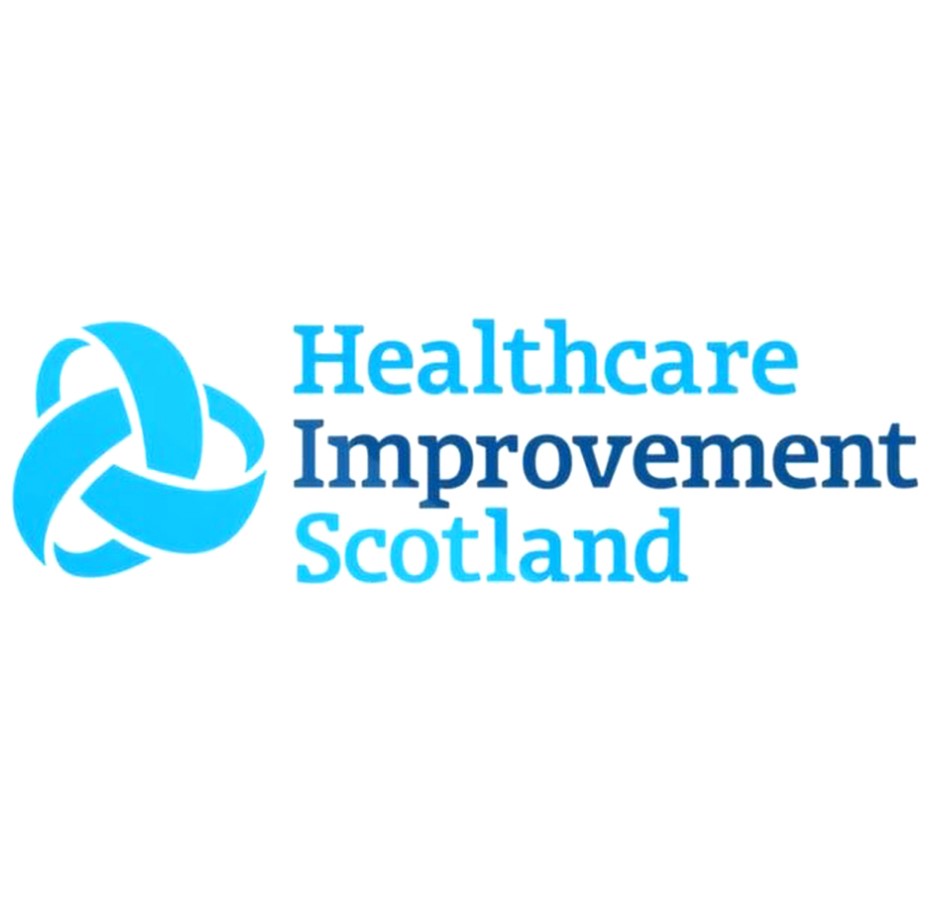- If 3 or more oral doses have been missed for any reason, contact SUS for advice on reintroduction dose.
- If the oral route is not available, methadone can be administered as a continuous subcutaneous infusion (CSCI) under the guidance of SPC. Usual practice would be to convert to a CSCI of methadone at 50% of the daily oral dose. This should be diluted in 0.9% saline and administered in a syringe without any other drugs over 24 hours.
- Occasionally a CSCI may not be appropriate, in which case, Methadone MAT could be administered at 50% of the daily oral dose split into twice daily subcutaneous bolus injections instead. Please seek specialist advice if considering this.

